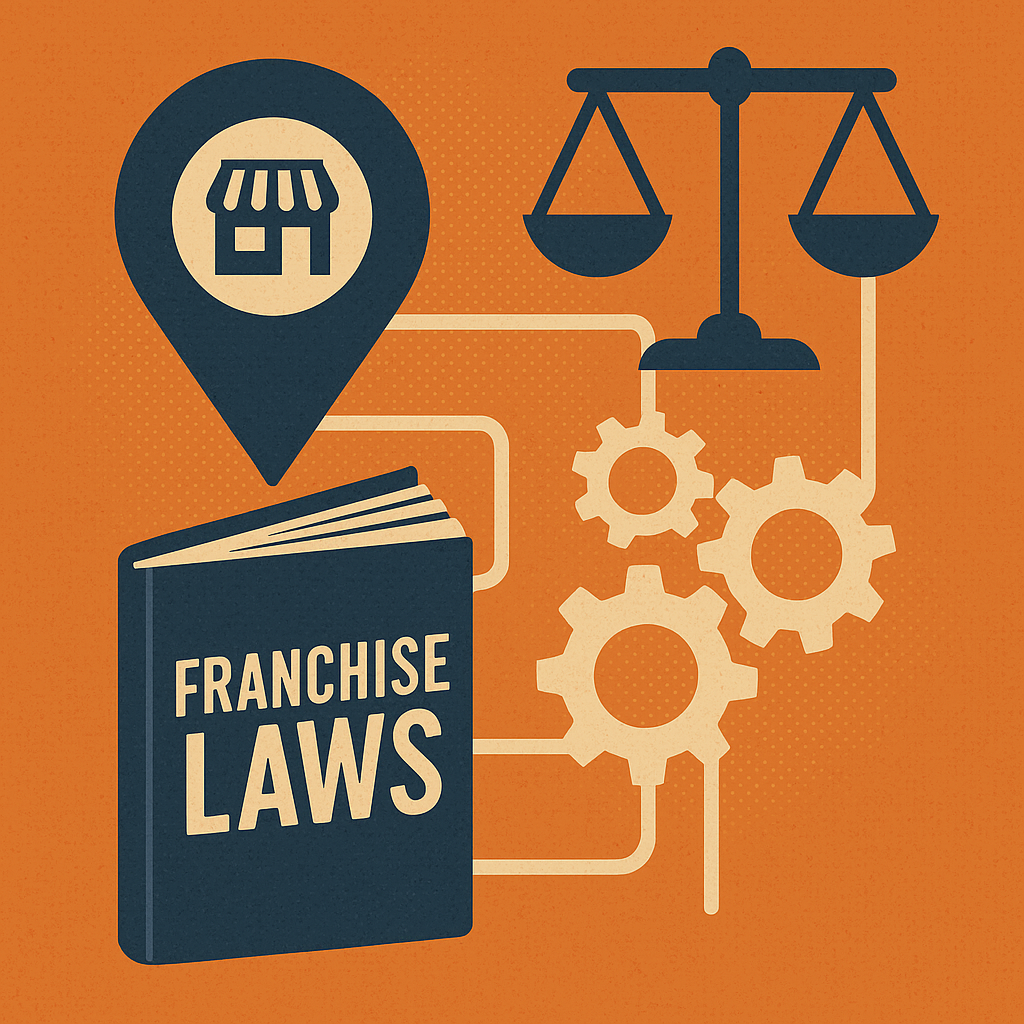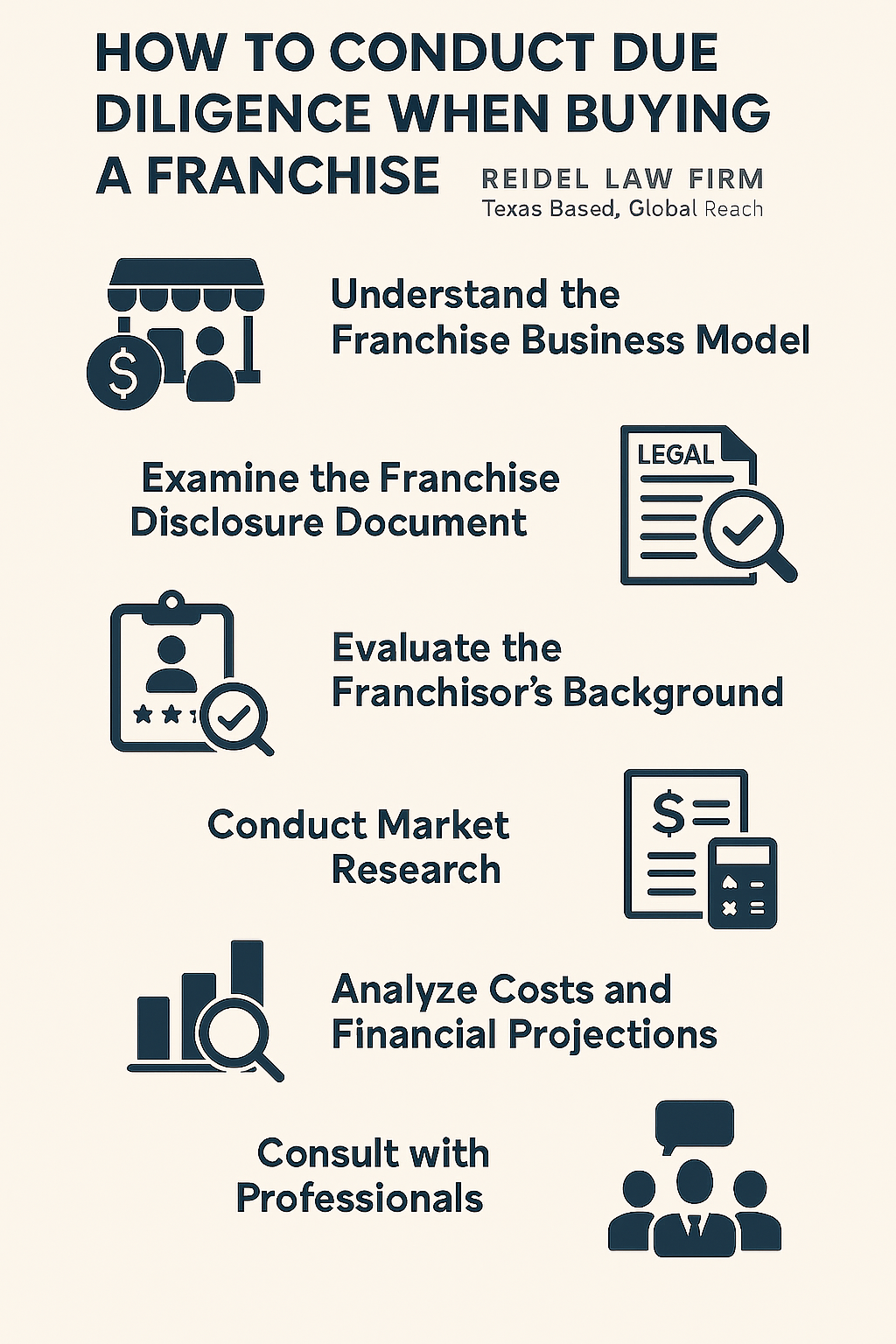In the competitive world of franchise businesses, it is crucial to stay ahead of the game by researching and analyzing your competitors. By understanding the strengths and weaknesses of your competition, you can develop strategies that give you a competitive edge and position your franchise for success. In this article, we will explore various methods and techniques for researching franchise competitors, providing you with actionable insights to enhance your competitive advantage in the franchise industry.
Why Researching Franchise Competitors is Important
Before delving into the specifics of competitor research, it is essential to understand why this process is so crucial for your franchise’s success. Conducting thorough competitor research allows you to:
1. Identify potential threats and opportunities: By studying your competitors, you can identify competitor activities that may pose a threat to your franchise’s market share or uncover opportunities for growth and expansion.
2. Gain insights into industry trends: Analyzing your competitors’ strategies, marketing tactics, and product offerings can provide valuable insights into current industry trends and consumer preferences.
3. Benchmark your performance: Researching franchise competitors allows you to benchmark your franchise’s performance against industry leaders, enabling you to identify areas for improvement and set benchmarks for success.
4. Understand customer preferences: Researching franchise competitors can help you gain a better understanding of your target audience’s preferences and buying behaviors. By analyzing your competitors’ customer reviews, feedback, and engagement on social media platforms, you can identify areas where you can improve your products or services to better meet customer needs.
5. Enhance your marketing strategies: By studying your competitors’ marketing strategies, you can gain inspiration and ideas for your own marketing campaigns. Analyzing their advertising channels, messaging, and promotional activities can help you identify effective tactics that you can incorporate into your own marketing efforts.
Understanding the Competitive Landscape of Franchise Businesses
Competitive analysis begins with understanding the overall competitive landscape of franchise businesses. Start by identifying key players in the industry and categorizing them based on factors such as market share, brand strength, or geographic reach. This analysis will help you understand the competitive dynamics within the franchise industry and identify the top-performing competitors worth studying in detail.
Once you have gained a comprehensive understanding of the competitive landscape, you can dive deeper into researching individual franchise competitors.
Identifying Your Franchise Competitors
When identifying your franchise competitors, it is essential to consider both direct and indirect competitors. Direct competitors are franchises that offer similar products or services to the same target market. Indirect competitors, on the other hand, may not offer the same products or services but still compete for the same customer base. Consider factors such as industry overlap, target audience, and market positioning to identify all potential competitors.
Performing a thorough market analysis will also help you identify emerging competitors or new entrants that may disrupt the market in the future. Stay vigilant and adaptable in monitoring your competition as the business landscape evolves.
Exploring Different Research Methods for Franchise Competitor Analysis
Once you have identified your franchise competitors, it’s time to embark on researching and analyzing their operations, strategies, and performance. There are several research methods you can employ:
1. Primary Research: This involves directly gathering information from your competitors through interviews, surveys, or field observations. Primary research can provide valuable insights into their operations and customer experience.
2. Secondary Research: Secondary research involves gathering existing data from public sources, such as industry reports, financial statements, press releases, and customer reviews. This method allows you to gather a wealth of information without directly engaging with competitors.
3. Mystery Shopping: Sometimes, the best way to understand your competitors is to experience their services firsthand. Mystery shopping involves posing as a customer and evaluating the competitor’s performance, customer service, and overall experience.
Utilizing Online Tools and Resources for Competitor Research
In today’s digital age, there is an array of online tools and resources available that make competitor research more accessible and efficient. Here are some valuable digital resources that can aid your research:
1. Competitor Websites: Analyze your competitors’ websites to gain insights into their brand messaging, product offerings, pricing, promotions, and overall user experience.
2. Social Media Monitoring: Monitor your competitors’ social media presence to understand their marketing strategies, engagement tactics, and customer feedback. This will help you identify potential strengths and weaknesses in their social media approach.
3. Online Review Platforms: Explore customer reviews and feedback on platforms such as Yelp, Google Reviews, or industry-specific review websites. These reviews can provide insights into customer satisfaction, service quality, and areas for improvement.
Analyzing Franchise Competitor Performance and Market Share
To gain a comprehensive understanding of your franchise competitors, it is essential to analyze their performance and market share. Key performance indicators (KPIs) such as revenue, growth rate, profitability, and market penetration will provide insights into their financial health and success.
Additionally, understanding market share through market research and consumer surveys can help determine how well your competitors are performing and their positioning within the market. This analysis will help you identify areas where your franchise can improve and challenge your competitors effectively.
Conducting SWOT Analysis on Franchise Competitors
A SWOT (Strengths, Weaknesses, Opportunities, and Threats) analysis is a powerful tool to evaluate your franchise competitors. By identifying their strengths and weaknesses, you can determine where your franchise has a competitive advantage or disadvantages. Moreover, analyzing opportunities and threats within the industry will help you capitalize on emerging trends or mitigate risks.
It is crucial to conduct a comprehensive SWOT analysis for each competitor individually, enabling you to compare and contrast their positioning in the market and their strategies.
Identifying Key Success Factors of Your Franchise Competitors
Understanding the key success factors of your franchise competitors is essential in developing a winning strategy. Key success factors are the elements that contribute to your competitors’ accomplishments, such as brand reputation, customer loyalty, operational efficiency, or innovative product development.
By identifying these factors, you can focus on strategies that improve your own franchise’s performance and differentiate yourself from the competition.
Benchmarking Your Franchise Against Competitors
Benchmarking is a valuable process that involves comparing your franchise’s performance against industry leaders and top-performing competitors. This analysis enables you to identify areas where your franchise is excelling and areas where improvement is needed.
Through benchmarking, you can adopt best practices from your competitors, set realistic goals, and continuously strive for excellence in your franchise operations.
Assessing Franchise Competitor Marketing Strategies and Tactics
Researching your franchise competitors’ marketing strategies and tactics can provide insights into how they attract and engage their target audience. Analyze their advertising campaigns, social media presence, content marketing efforts, and influencer partnerships to understand their marketing approach.
This analysis will help you identify potential gaps or opportunities in their marketing efforts and shape your own marketing strategies accordingly.
Understanding Pricing Strategies of Franchise Competitors
Pricing is a crucial element in differentiating your franchise from competitors. By researching your competitors’ pricing strategies, you can identify any pricing advantages or disadvantages your franchise may have.
Analyze their pricing models, discount structures, and value propositions to determine how your franchise can position its pricing strategy to attract customers and maximize profitability.
Analyzing Product or Service Offerings of Franchise Competitors
Comparing the product or service offerings of your franchise competitors will help you understand the unique selling points and value propositions of each competitor. Analyze their product features, quality, customization options, and customer reviews to identify any areas where your franchise can differentiate itself.
This analysis will inform your product or service development strategies and ensure that your franchise stands out in a competitive market.
Studying Customer Reviews and Feedback of Franchise Competitors
Customer reviews and feedback provide valuable insights into your competitors’ strengths and weaknesses in their customer experience. Explore online review platforms and customer feedback channels to gather feedback on their service quality, product satisfaction, and overall customer happiness.
By studying this feedback, you can identify areas where your franchise can excel in attracting and retaining customers and improve upon any shortcomings in your competitors’ offerings.
Evaluating the Strengths and Weaknesses of Your Franchise Competitors’ Operations and Processes
Researching your competitors’ operations and processes will help you identify areas for improvement within your own franchise. Analyze their supply chains, inventory management, customer service protocols, staff training, and overall operational efficiency.
This analysis will enable you to optimize your own operations and processes and gain a competitive edge by delivering a superior customer experience.
Investigating Franchise Expansion Strategies and Territories of Competitors
Understanding your competitors’ franchise expansion strategies and territories will provide insights into their growth plans and potential areas of market saturation. Investigate their franchising models, target locations, and growth rates to gauge their ambitions and identify opportunities within untapped markets.
This knowledge will help you make informed decisions about your own franchise expansion and growth strategy.
Assessing the Financial Health and Stability of Franchise Competitors
Financial stability is a critical factor when evaluating your franchise competitors. Assess their financial statements, debt levels, profitability, and cash flow to determine their financial health and stability.
By understanding your competitors’ financial standing, you can identify any vulnerabilities or potential areas of strength that may affect their ability to compete.
Uncovering Potential Opportunities by Analyzing Gaps in the Market Left by Competitors
Researching your competitors can help you identify market gaps that remain untapped or underserved. Analyze their product offerings, customer feedback, and market positioning to uncover potential opportunities that your franchise can capitalize on.
By filling these gaps in the market, your franchise can attract customers who are seeking alternatives or better solutions than what your competitors offer.
Learning from Successful Strategies Implemented by Top-performing Franchise Competitors
Top-performing franchise competitors have likely implemented successful strategies that have contributed to their achievements. By studying their success, you can learn valuable lessons and adapt their strategies to fit your own franchise context.
Identify their innovative approaches, marketing campaigns, customer engagement tactics, or operational efficiencies. Emulating these strategies, while injecting your unique value proposition, will help you enhance your competitive advantage and drive success in the franchise industry.
Developing Actionable Insights from Your Research to Enhance Your Competitive Advantage in the Franchise Industry
Researching franchise competitors provides you with a wealth of insights and data. It is essential to convert this information into actionable insights by analyzing and interpreting the research findings.
Identify common themes, trends, and patterns that emerge from your research and develop a clear understanding of how they could impact your franchise. Establish an action plan based on these insights and implement strategies that capitalize on market opportunities and overcome existing challenges.
By consistently researching franchise competitors and adapting your strategies to align with market dynamics, you will position your franchise for success in a highly competitive industry.
As the saying goes, “Keep your friends close and your competitors closer.” By investing time and effort into researching franchise competitors, you gain a competitive advantage that will drive your franchise’s success and propel you ahead in the ever-evolving franchise industry.






